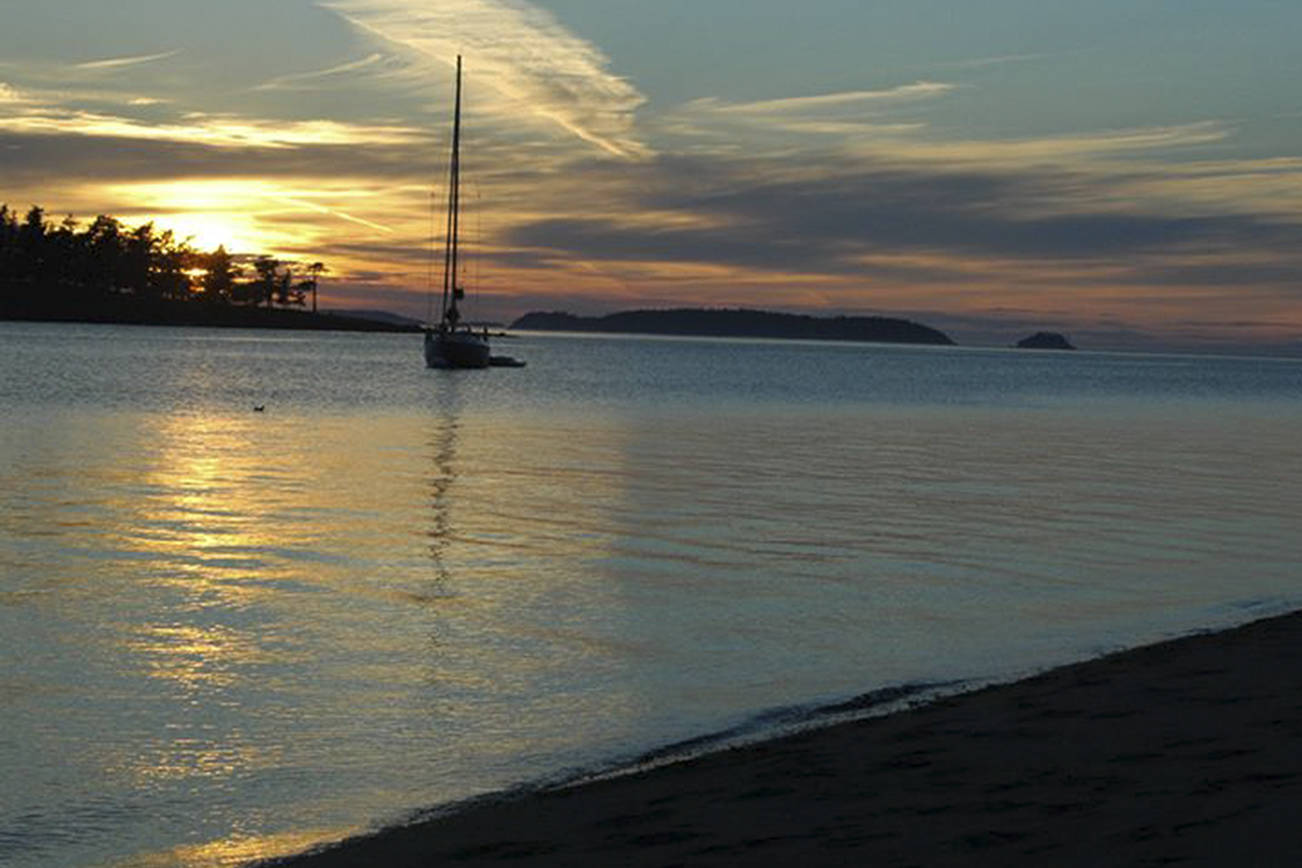Even the best-laid plans can sink when mooring buoys move.
The San Juan Islands are home to 12 state marine parks that offer more than 80 public mooring buoys to secure boats. However, when accidents occur, these designated buoys can move or even disappear.
According to Toni Droscher, a representative from the Washington State Parks, when too much weight is placed on the buoys, the anchor attached to the float can drag, or the line, which travels from the anchor to the float, can break.
The parks’ mooring buoys are limited to boats 45 feet long and under. Buoys can move or be damaged if a larger boat ties to a buoy; if multiple boats tie to a buoy; or if several boats tie to each other and then a buoy.
Droscher added that boats can also accidentally, and often unknowingly, cut the anchored float’s lines with their propellers.
Parks’ staff check for moved or damaged buoys, explained Droscher, but boaters can also notify on-site park staff or call the park’s marine maintenance crew at 360-755-2812.
The floating part of the parks’ mooring buoys are made of Styrofoam and encased in molded plastic. That float is attached to a chain that runs to an anchor.
The anchor is either a cement block, poured by parks’ crews, or one that drills into the ground, like a screw. The latter is called a helix anchor system, which all Washington State Parks’ mooring buoys are moving toward in the next few years, according to Droscher.
According to Gabe Harder, with the Washington State Department of Natural Resources, properly installed embedded anchors, including helix anchors, have greater holding power, don’t drag and are better for the environment.
Harder added that there are roughly 752 private, recreational mooring buoys authorized by DNR on state-owned aquatic lands in San Juan County. These do not include the state park’s buoys. In 2017, about 50 recreational mooring buoys registrations were issued by the DNR in San Juan County. These include renewals as well as first-time registrations.
Tying to a Washington State Parks’ mooring buoy costs a minimum of $15 between 1 p.m.-8 a.m., year-round, and moorers can typically pay at drop boxes on shore. An annual moorage permit is $5 per foot, with a minimum of $60, and is valid from Jan. 1-Dec. 31. The revenue from those fees goes toward the state parks operations fund, which includes mooring buoy maintenance.
Visit http://parks.state.wa.us/844/San-Juan-Islands-Region for more information.



